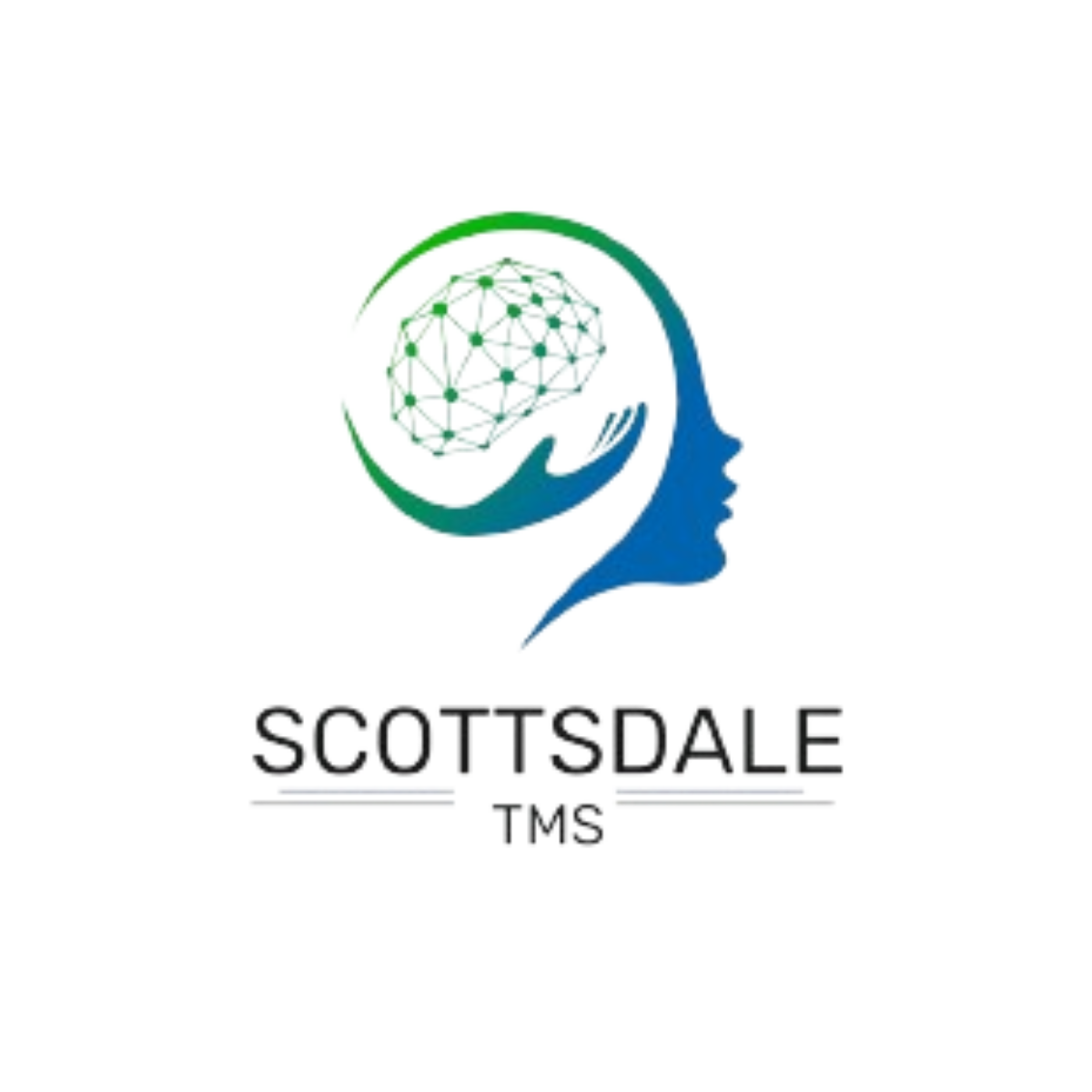Have you ever heard the terms “brain spasm” or “brain zap” and wondered what they actually mean? The two phrases are often used interchangeably, but they refer to vastly different experiences, with one being a severe medical emergency and the other a common, though unsettling, sensory disturbance. Navigating these terms can be confusing, especially when considering advanced treatment options like transcranial magnetic stimulation (TMS).
Questions Answered in This Article:
Our Alcohol Addiction Treatment Programs

Scottsdale Rehab
Luxury Personalized Rehab

Hart Rehab
Holistic Luxury Personalized Rehab

Scottsdale Detox
Luxury Medical Detox
Brain Spasms vs. Brain Zaps
The term “brain spasm” can refer to a couple of different medical conditions. The most common and serious usage is cerebral vasospasm, which is a life-threatening condition. Another, less severe but still bothersome condition that some people describe as a “brain spasm” is a brain zap.
What is a Cerebral Vasospasm?
A cerebral vasospasm is a serious medical complication, not a minor sensation. It involves the prolonged and intense narrowing of a blood vessel in the brain, often following a subarachnoid hemorrhage (SAH). An SAH is a type of stroke caused by bleeding in the space around the brain, frequently as a result of a ruptured brain aneurysm.
When blood spills into this space, it can irritate the smooth muscle walls of nearby arteries, causing them to contract uncontrollably. This sustained contraction is the “spasm” and it significantly reduces blood flow to the brain, a condition known as cerebral ischemia.
If left untreated, it can lead to permanent brain damage or even death. This is an urgent, life-threatening event that requires immediate medical attention and is treated in an intensive care setting.
What are Brain Zaps?
“Brain zaps” or “head shivers,” on the other hand, are a different phenomenon entirely. They are a sensory disturbance described by people as feeling like a brief, sharp, electric shock sensation inside the head. These sensations are not a sign of physical harm or a life-threatening event, though they can be quite distressing and disorienting.
The most common cause of brain zaps is medication withdrawal, particularly from antidepressant medications like selective serotonin reuptake inhibitors (SSRIs) and serotonin-norepinephrine reuptake inhibitors (SNRIs). These drugs work by altering brain chemistry, specifically by increasing serotonin levels in the brain.
When a person is gradually tapering off these medications or stopping antidepressants abruptly, the sudden change in brain chemistry can lead to a phenomenon known as Antidepressant Discontinuation Syndrome, and brain zaps are a hallmark symptom.
While the exact neurological mechanism isn’t fully understood, the general consensus is that the brain is adapting to a new chemical balance. This sensation is often fleeting, lasting only a second or two, but can occur multiple times a day.
Can TMS Therapy Help Treat Brain Spasms?
TMS therapy is not a standard, front-line treatment option for an active cerebral vasospasm. The condition is a vascular issue—a physical contraction of the blood vessel wall—which requires medications to dilate arteries or, in severe cases, interventional procedures to restore blood flow.
The mechanism of TMS is completely different. During a TMS session, a clinician places a magnetic coil on the scalp. The device generates powerful, focused magnetic fields that create brief electrical currents, or magnetic pulses, in a specific area of the brain.
This stimulation modulates neural activity and is primarily used to treat mental health conditions by rebalancing neurochemical pathways. It does not act on the vascular system in a way that would open a constricted artery.
Therefore, while TMS is a powerful tool for a variety of neurological and psychological conditions, it is not an appropriate intervention for this specific medical emergency.
The Link Between Brain Zaps and TMS Therapy
The sensation of a “brain zap” from TMS treatment is different from the brain spasms of medication withdrawal. During TMS, the magnetic pulses from the magnetic coil cause a brief, tapping sensation on the scalp. This sensation is a direct result of the magnetic field’s interaction with nerves and muscles on the scalp and is generally not a cause for concern.
How to Manage Brain Zaps During TMS Therapy
If you experience brain zaps from medication withdrawal, it is essential to discuss this with your TMS provider. While TMS doesn’t directly treat withdrawal symptoms, your provider can offer guidance and reassurance.
- Open Communication with Your Provider: Tell your provider about any sensations you have, whether they are from medication withdrawal or the TMS session itself. Your feedback helps them fine-tune the treatment.
- Adjusting Settings: The intensity of the magnetic pulses and the placement of the magnetic coil can be adjusted. If the tapping or pulsing sensation is uncomfortable, your provider can often make minor adjustments to improve your comfort without compromising the effectiveness of the treatment.
- Gradual Tapering: Changes in medications, especially stopping antidepressants, should only be done under a doctors guidance. This minimizes the likelihood of experiencing brain zaps.
Why TMS Therapy Can Be A Long-Term Solution
The primary reason for the existence of brain zaps is often the discontinuation of antidepressant medications. Many individuals seek alternative or additional treatment options when their current medication regimen is ineffective or causes unwanted side effects. For them, TMS treatment has emerged as a promising solution.
TMS is an FDA-cleared, non-invasive treatment option for treatment resistant depression. It is a viable alternative for patients who have not achieved adequate relief from antidepressant medications. Furthermore, TMS is also approved for conditions such as Obsessive-Compulsive Disorder (OCD).
By stimulating key neural networks in the areas of the brain responsible for mood regulation and emotional control, TMS can provide long term relief without the systemic side effects associated with medication.
Finding Help and Treatment
Living with depression can be exhausting, especially when standard treatments don’t seem to help. But you’re not alone—and you don’t have to stay stuck. Brain stimulation therapies, like TMS, offer proven and effective alternatives for people facing major depressive disorder and other mental health challenges.
If you or someone you care about is struggling, talk to a mental health professional. The right support, early intervention, and access to advanced treatments can lead to real and lasting change. Seeking help is not a sign of weakness—it’s a courageous step toward healing.
Consider scheduling a consultation with a local TMS provider to explore whether this innovative therapy could be right for you. Many have found hope and healing through TMS. You can too.

